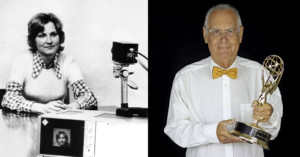
‘Father of Digital Photography’ Made No Money Inventing the Active Pixel
Peter Noble invented the solid state active pixel in 1966, a concept that is still used in brand new mirrorless cameras today via CMOS sensors.

Peter Noble invented the solid state active pixel in 1966, a concept that is still used in brand new mirrorless cameras today via CMOS sensors.

In the digital age, there’s a lot more to a photograph than the image itself. When most digital cameras capture an image, they record certain parameters and write them in the image’s file for later use. These parameters are called metadata and are stored as Exchangeable Image File data, or EXIF for short.
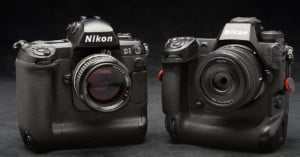
When I received my Nikon Z9 in late December 2021, I was a bit anxious. Would it live up to the hype? Was it going to be the camera that Nikon had promised (and many Nikon users had been waiting for)?
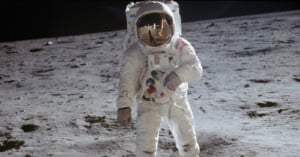
If you ever wanted to get a quick history of cameras and their use by NASA, YouTuber Scott Manly put together an excellent resource. In this 14-minute video, Manly explains the history of cameras used in the Space Program, what they were, and the changes manufacturers eventually made at NASA's request.

Last month, VSCO achieved a years-old dream of releasing a preset/filter that was based on Kodak's iconic "Kodachrome" film stock. But creating the KC25 preset was anything but easy. In fact, it involved custom chemicals, custom hardware, and two years of experimentation to get this one right.

Is noise in photos always bad? It might seem like a rhetorical question with an obvious and universal answer: yes. But landscape photographer and YouTuber James Popsys begs to differ in an opinion video that will no doubt spark some debate.
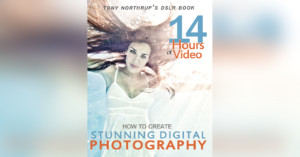
Heads up: you can currently download one of the most popular digital photography books out there. Tony Northrup is giving away How to Create Stunning Digital Photography as a free eBook download.
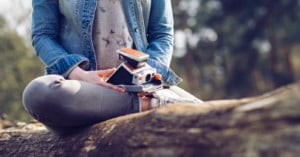
As camera makers struggle to innovate, consumers are finding little need to upgrade. The market is slowing to the point of inertia—manufacturers need to take a left field approach to stay competitive.
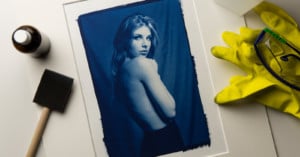
I entered the world of photography when digital cameras where already on the rise, and as a result, I learned photography on digital. That being said, I am a sucker for anything analog... the sensation of using real organic materials to produce photographs excites me.
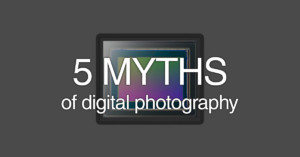
Myths and misconceptions persist because they’re either compelling or no one bothers to correct them. For photographers, many myths of digital photography arose when trying to draw imperfect analogies to film photography.
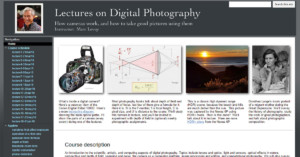
Want to take a university-level class on digital photography for free? Former Stanford professor and current Google engineer Marc Levoy has a site containing his complete course materials for a class that he has taught 5 times at Stanford and once at Google.
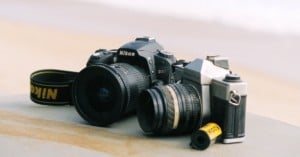
The digital revolution—and a revolution it was—enabled photographers to immediately start saving money after new equipment purchases. Sure, the quality sucked initially (and convenience was overstated) but after a few years, the whole thing really started to work properly, for the most part.
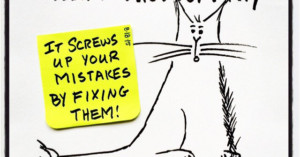
Comic artist and professional photographer S. Dirk Schafer of CLICKittyCAT just finished up a series of comics about the new photographer problems that came with the emergence of digital photography.
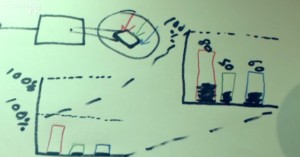
Ever wondered what's actually going on inside your camera when you take your ISO from 400, to 800, to`1,600 and so on? If you'd like to find out, this straight-forward explanation by Ian Gibbons of PanvistaProductions from 2012 does a great job of explaining the electronics behind the exposure.

Many of you have already no-doubt heard of Keira Knightley's recent photoshoot and interview with Interview Magazine [Warning: NSFW], in which she posed topless on the condition they wouldn't Photoshop her body before publishing the final shot.
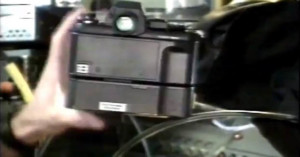
It's #throwbackthursday, right? Good, because we have a rather interesting piece of photography history to share with you, courtesy of NASA, Nikon and Kodak.

It's ironic to the point of being tragic to think that one of the pioneers of digital camera technology was Kodak. Now bankrupt and licensing off their brand to mysterious companies, it's easy to forget that it was Kodak that hit many of the initial milestones where digital imaging is concerned.

Everyone is a photographer these days, and it is estimated that 380 billion photographs were taken last year, with …
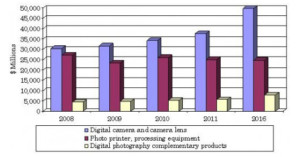
BBC Research has released a new report stating that the digital photography industry …
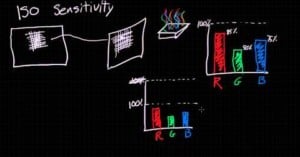
If you’re a fan of learning things through Khan Academy, then you might …
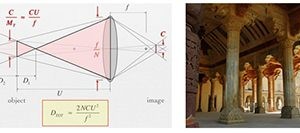
Marc Levoy, the Stanford professor behind the “Frankencamera” project, teaches a …

Reddit user geft created a useful primer to get newbies started in digital photography. It's a single image measuring 1045x5480 pixels that covers sensors, aperture, shutter speed, ISO, and camera controls. This would be a great thing to print out, laminate, and give as a gift to someone who's looking to learn.
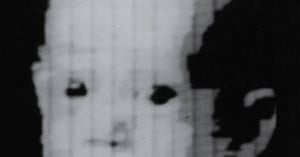
Did you know that the first digital camera invented in 1975 didn’t actually produce the first digital …

Earlier today, photographer Chase Jarvis announced his partnership with creativeLIVE, a free, live online class site. Each class presentations is filmed live, to an in-person audience in Seattle, and streamed on the creativeLIVE website.